In December of 2001 Robert Bogison (SP/5 B Company, 1969-1970) recalled responding to the crash site of a helicopter in his PBR and assisting in the recovery operations but couldn't remember the exact date it occurred. He asked if I could located any information in regards to the circumstances. Bob wanted to know if the lone survivor of the crash, later identified as SSG Ouellette, survived from his severe injuries
I searched the Internet and was able to locate the name of all the casualties and eventually the crash report so I could include it in the Battalion Timeline. I informed Bob of the results of my search and where I located the information. He took it one step further and obtained a copy of the report from the Vietnam Helicopter Pilots Association for his personal records.
Nothing further was thought of the incident or report until July 2002 when Bob was watching a historical program on the Discovery Channel, Vietnam Stories, The Vietnam Memorial. The story was about a member of the 25th Infantry Division named SSG Ouellette who for the past 32 years has spent a hellish life since his war years suffering from emotional problems (PTSD) and wandering homeless.
According to the story Ouellette who was starting his second tour in Vietnam at the time of his injuries, didn't have any memory of the crash or what happened to him afterwards. It also explained the quest of his family who spent three decade's asking questions without finding the answers to what caused his torment and nightmares.
Bob thought he recognized the name and when he checked the report he discovered he had in his hands the information that so many people had been searching for for all those years. Bob contacted the Discovery Channel trying to locate the Veterans counselor that was assisting SSG Ouellette, unfortunately they were not very cooperative.
Undaunted, Bob continued his search and based on what he recalled from the program started making calls. He finally located SSG Ouellette's counselor, Joel Peterson, a former Army Green Beret Vietnam Veteran at the Boston Veterans Center in Boston, Massachusetts.
Bob learned from the counselor that SSG Ouellette was was still suffering severe depression. Bob informed the counselor that he had a copy of the crash report and would mail it with a cover letter in the hopes that the information could befit SSG Ouellette's treatment and answer the many questions his family had been asking for the past 32 years.
The 720th MP Battalion VietNam History Project wishes to extend it's appreciation and gratitude to Bob Bogison, and recognize him for taking that extra step to assist a fellow veteran and his family in need.





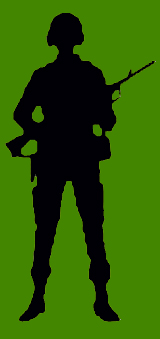



 SP/4 Ambrose
SP/4 Ambrose 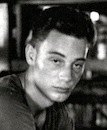 SP/4 Santry
SP/4 Santry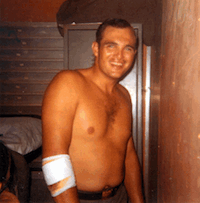

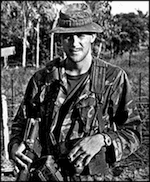 SP/5 Bogison
SP/5 Bogison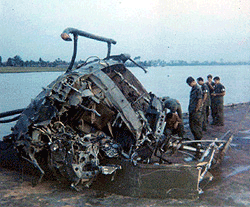
 SGT York
SGT York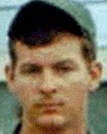 SP/4 Taylor
SP/4 Taylor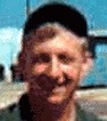 SP/4 Zirk
SP/4 Zirk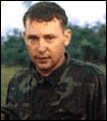 SP/4 Kelly
SP/4 Kelly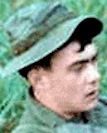 SP/4 Marley
SP/4 Marley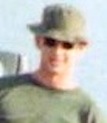 SP/4 Barman
SP/4 Barman CSM Wilkinson
CSM Wilkinson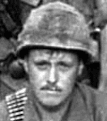 SSG Tapper
SSG Tapper SGT Newman
SGT Newman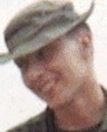 SP/4 Radcliff
SP/4 Radcliff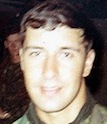 SP/4 Aldrich
SP/4 Aldrich